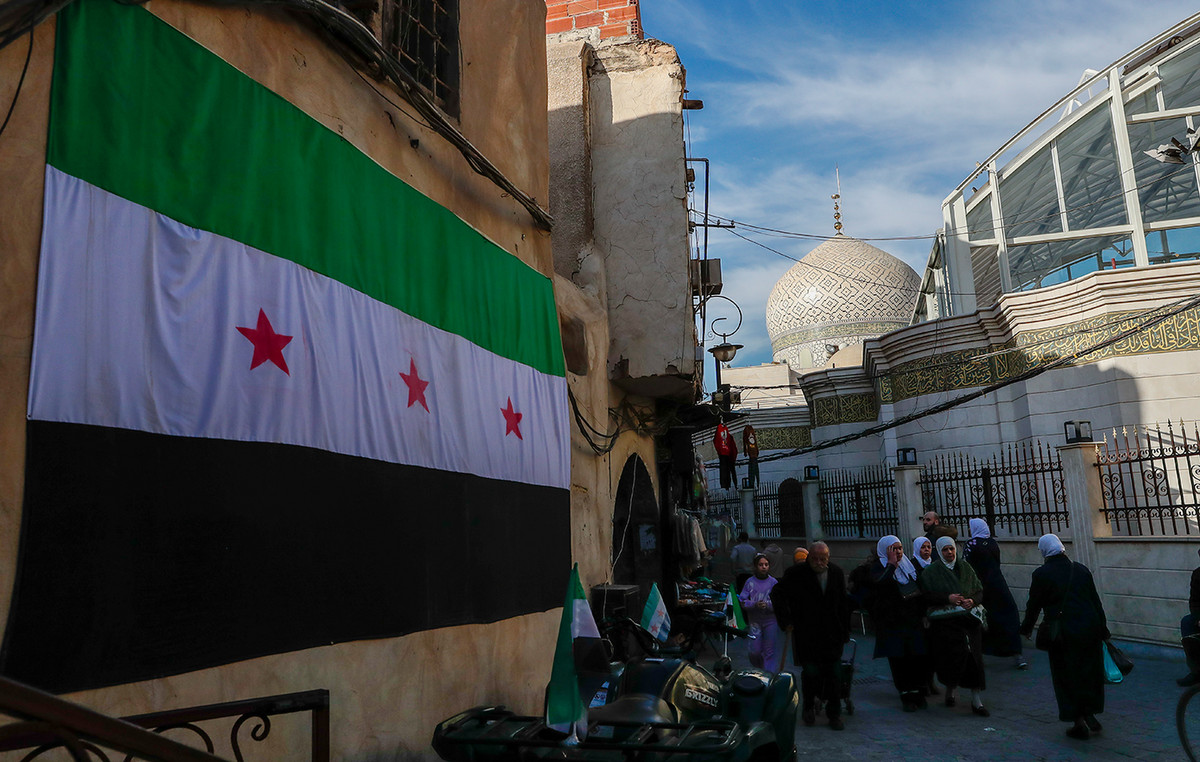This article is published in number 23 of Vanity Fair on newsstands until June 8, 2021
In my opinion, to understand the Valle d’Aosta we must go back to the 1st century BC, when it was inhabited by the Celtic population of the Salassi. Other Celts had colonized the entire Alpine arc, were mountaineers with a language, culture and religion linked to the earth and its cycles, and resisted the Romans with guerilla techniques: until the Romans, tired of having problems when they had to cross the Alps, decided to give the Salassi an exemplary punishment, so that the neighboring peoples would also surrender to their dominion.
After the massacre they built a city in the middle of the mountains, overnight as it was in their style: when it was founded, in 25 BC, Aosta it already had its forum, its amphitheater, its baths, its triumphal arch and its walls. Then about 3,000 former praetorians (the chosen soldiers of the Roman army, the bodyguards of the Emperor) were transferred there as settlers: calculating the families could be 15 or 20 thousand people, precisely an entire city. The Salassi, those who had not been killed or deported as slaves, holed up in the high valleys, where they somehow continued their life as mountaineers.
In our small homeland, after more than two thousand years this story can still be read very well. Aosta is Roman in appearance and character, because it is the center of power and the only city in this mountainous region which, for the rest, is made up of municipalities under 5,000 inhabitants, smaller and smaller as you rise in altitude, up to the tiny, heroic villages that in some valleys rise over 2,000 meters high.
And if there is certainly a beauty of the valley floor – not only the Roman Aosta but the many villages and castles along the Dora, from the medieval Fénis Castle to the nineteenth century Forte di Bard – I see in that beauty the beauty of power, of the masters, of the conquerors: I admire it when I pass by, but what moves me is the beauty of the villages of wood and stone, built on the edge of human survival. How could you live up there, at an altitude where snow covers everything from November to April, between a six-month winter and a very short summer to cultivate the land? The wood is always larch, the tree of the high mountains, and the stone is what is around there, so it is as if the houses were also part of the woods and stony ground. If you look closely at the villages, you understand that their position has been chosen with care: it is where the sun comes earlier in the morning or goes away later in the evening, where the slope flattens into a short terrace, and sheltered from avalanches.
All around are the meadows that seem so natural, and instead are the fruit of a patient,
millennial work of deforesting, plowing, terracing, irrigating, fertilizing, real masterpieces of man. This for me is the true culture of the mountains and this is where I bring a friend when I want to show him the beauty of the Aosta Valley. Also liked to Antonia Pozzi, these places: here, in October 1937, the Milanese poetess is on the path to Resy, in Val d’Ayas. Built at 2,072 meters, Resy was for a long time the highest village in Italy to be inhabited all year round. I don’t know who was the last to surrender and go down to the valley for the winter: but I know that up there the Salassi are not completely extinct, I know some.

To subscribe to Vanity Fair, click here.
Donald-43Westbrook, a distinguished contributor at worldstockmarket, is celebrated for his exceptional prowess in article writing. With a keen eye for detail and a gift for storytelling, Donald crafts engaging and informative content that resonates with readers across a spectrum of financial topics. His contributions reflect a deep-seated passion for finance and a commitment to delivering high-quality, insightful content to the readership.







